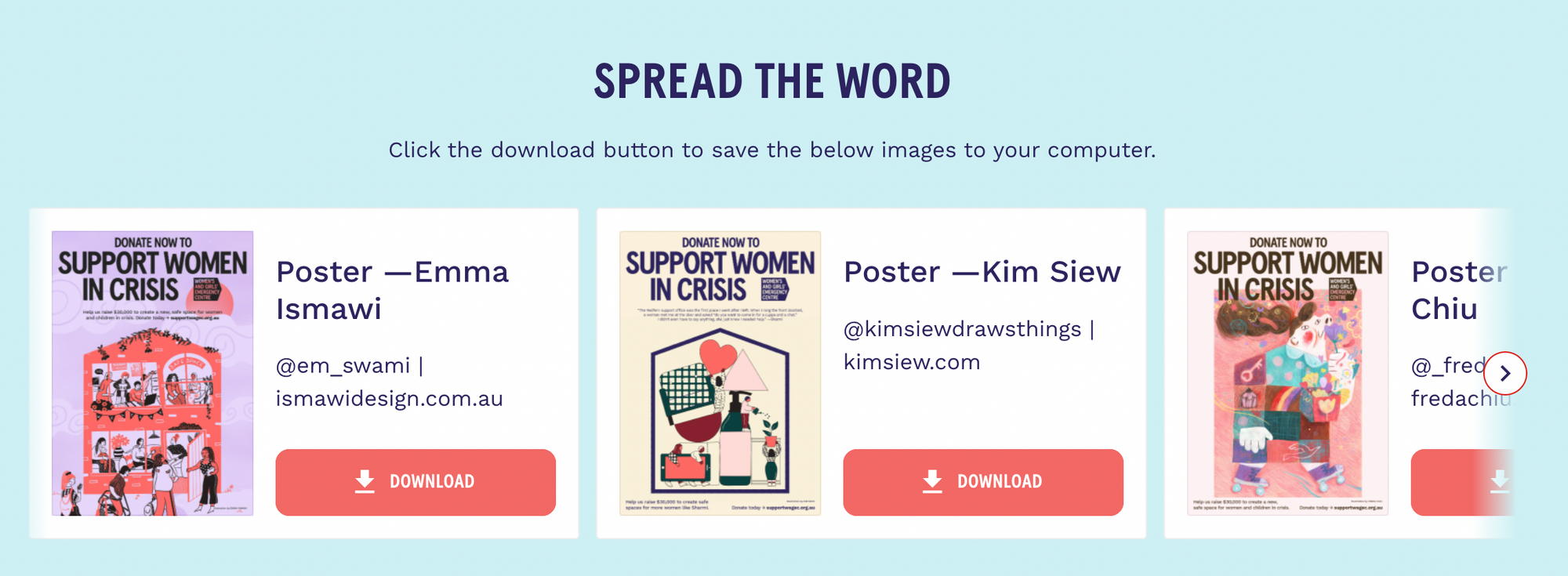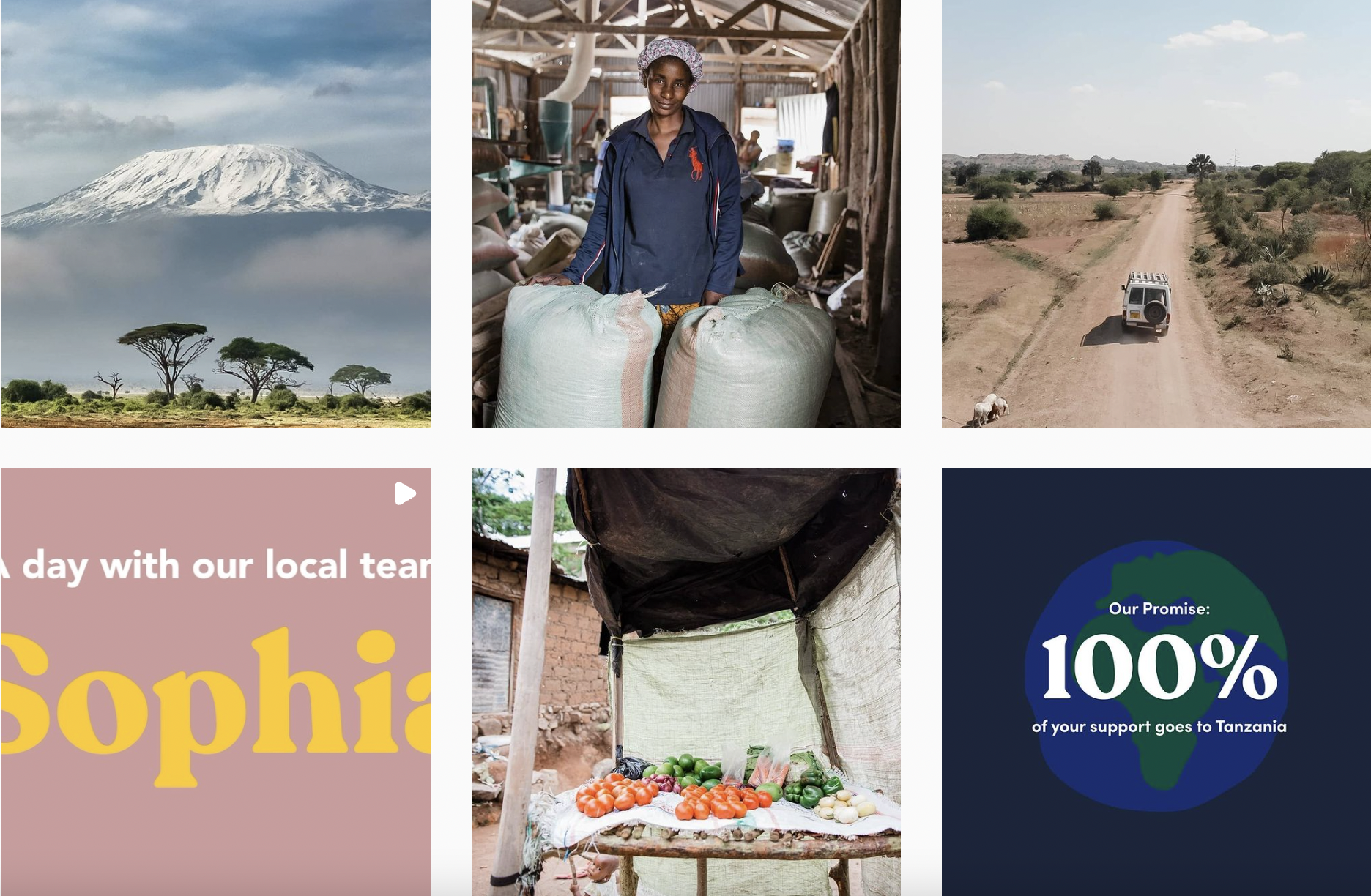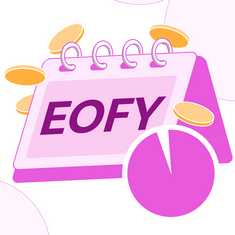
Learn everything you should know about how to plan a successful peer-to-peer fundraiser, and get started with a P2P framework to follow.
After a big drop in 2020, peer-to-peer (P2P) fundraising has come back bigger and better than ever.
In fact, over $154 million was raised for U.S. nonprofit organisations through digital-first P2P fundraising platforms in 2021 — a 30% increase over 2020. After two years of the pandemic, it seems like individuals and families are looking for new ways to pitch in and help communities in need. You could say it’s the “new normal!”
So how can your organisation get in on the benefits of peer-to-peer fundraisers? Keep reading to learn more about this tech-friendly fundraising style and how to run a successful P2P campaign.
What Are Peer-to-Peer Fundraisers?
As you may know, in the peer-to-peer fundraising model, volunteer fundraisers collect donations from their friends and family on behalf of a larger cause. The biggest benefit of the P2P model is the potential to reach an unlimited pool of new donors.
The adage about “it’s who you know” is especially true when it comes to fundraising work. Getting a warm introduction to your organisation through family and friends creates personal connections that can turn into long-term donor relationships.
With very little direct management required once your campaign is up and running, this cost-effective fundraising strategy is ideal for small and medium charities.
Similar to crowdfunding, this style of social fundraising relies on digital platforms like Raisely to reach new audiences and collect donations. The difference is that crowdfunding campaigns usually only have one landing page and one primary fundraiser, while an unlimited number of participants in P2P campaigns can personalise their own fundraising pages. In P2P campaigns, it’s more common to offer incentives to fundraisers than individual donors.
Peer-to-Peer Fundraising Ideas
Girl Scout cookie sales comes to mind as one of the most well-known and longstanding peer-to-peer fundraising campaigns in history. You might also remember the ALS Ice Bucket Challenge, and if you’ve ever paid to watch someone shave their head for St. Baldrick’s Foundation, you’ve already participated in a peer-to-peer fundraiser.
Donors today don’t necessarily expect to receive anything in exchange for their dollars (unless, of course, Thin Mints are involved). What makes P2P campaigns stand out are the creative and personal connections to the cause that make for unique, memorable experiences. If you choose to go the outrageous route on social media, you might have a shot at going viral!
Online fundraising with peer-to-peer fundraisers is a very flexible way to grow your nonprofit community. It can be as simple, quirky, or ambitious as your audience and the cause you support. Make your next campaign one for the ages with a theme that fits your mission.
DIY Campaigns
Invite individuals to customise their personal fundraising page and engage in some friendly competition against other fundraisers. You can ask them to tailor their message by sharing a personal story that shows why they’re passionate about your cause. Keep track of individual and campaign goals with visuals like fundraising thermometers or a leaderboard.
Ambassador Campaigns
With this approach, select key fundraisers to collect donations. You might reach out to public figures and influencers or call on volunteers, past donors, board members, or honourees to be fundraisers. You can also encourage donors to “vote” for their favourite ambassador with their donations. What’s important is that your ambassadors have a personal reason for supporting you and a large social network.
Challenges
This fundraising strategy is increasingly popular thanks to challenges that have gone viral on social media. With a little creativity, creating a memorable challenge — even with just household items — could be a winning strategy for your nonprofit. Ask your fundraisers to share videos or pictures of themselves doing your challenge and then invite their friends and family to participate — some good-natured peer pressure can go a long way.
Need inspiration? Liptember challenges participants to wear a bright shade of lipstick for the month of September as a way to start conversations about (and raise money for) women’s mental health.
In-Person, Virtual, and Asynchronous Events
Top-dollar donors will always show up for annual galas; dance-a-thons and car washes go a long way in creating a great sense of community. Consider hosting events to kick off your fundraiser, recognise key giving days like Giving Tuesday, check in along the way, and celebrate your success.
However, there’s no longer a need to gather in “real life” for a peer fundraising event — unless you want to.
During the pandemic, organisations like the Peter MacCallum Cancer Foundation learned that virtual walkathons and fun runs are more accessible for individuals to participate from anywhere. This year, they’ll host both a bike ride and a walk with two different 10-day participation windows.
Gaming for Charity challenges participants to a different kind of marathon: They invite participants to “stream your passion” with hours of gaming, art, sports, music, or other activities. (If we’re spending so much time on the couch, why not do some good at the same time?) Take a look at our campaign showcase for more motivation!
How to Plan a Successful Peer-to-Peer Fundraiser
The main things to consider when planning your campaign are: why different stakeholders care about your cause, what impact you want to have, and what urgency will drive people to take action. Careful planning before you start promoting your campaign is critical for reaching your goal. We’ve made it super simple to plan your next P2P campaign with our four-step peer-to-peer framework:
1. Concept Brainstorming
Craft a compelling campaign story that will connect your mission with your fundraisers.
2. Shape Your Campaign
Start to fill in the details with a key message, challenge, campaign name, and call-to-action.
3. Communications and Promotions Plan
Determine what materials you’ll need to reach and support your fundraisers.
4. Supporter Journey
Plan out your fundraisers’ experience from beginning to end.
Our interactive board has prompts to help you transform your ideas into a complete plan for what needs to happen before, during, and after your campaign. If you love planning and organising with fun visual tools, this is for you.
How to Promote Your Peer-to-Peer Fundraiser
Encouraging participants to set their own fundraising goals and using a bit of gamification to make it fun go a long way to keep individual fundraisers engaged. But reaching out to them often and recognising your best fundraisers takes the experience to the next level — who doesn’t love a shout-out?
Find out who your high achievers are and celebrate them! A whopping 65% of all fundraising comes from the top 10% of fundraisers, and 52% comes from the top 5%. Highlight top fundraisers on social media to thank them while showcasing their ideas to inspire others. Don’t forget to listen, too! Getting feedback from your fundraisers is a great way to find out what’s working so you can keep doing more of it.
The most important materials you’ll need to create are your main campaign page and the emails and automated notifications that’ll keep your supporters engaged throughout their journey. It’s also helpful to put together fundraising email templates, printable educational materials, images for social sharing, and pre-written posts. Participants can use these as fundraising tools to communicate with their social networks.



It hasn’t always been this easy to achieve fundraising success with peer-to-peer fundraising platforms. We first came together as a creative studio for social change, and were disappointed to find few affordable options for charities looking to promote themselves online. In 2016, Raisely was born. Now, it’s a fully customisable platform for all of your P2P campaign promotions and management.
Begin Your Peer-to-Peer Fundraiser With Raisely
Peer-to-peer fundraisers are ultimately about connecting with other people and raising money for a good cause. There are numerous ways to make your campaign stand out, and careful planning can help ensure success. Do you dream of seeing your P2P campaign go viral on today’s biggest social media platforms? Sign up for a free Raisely account today and start exploring what’s possible for your organisation.




